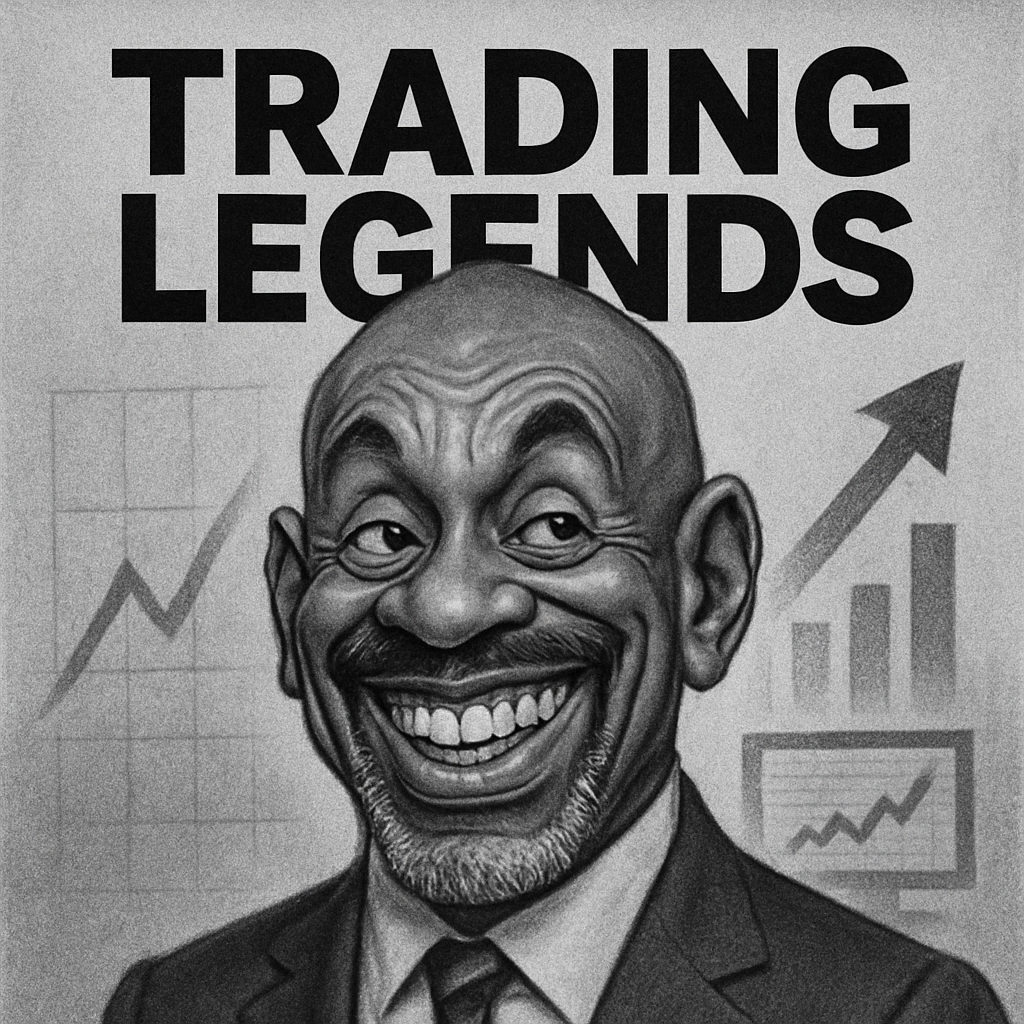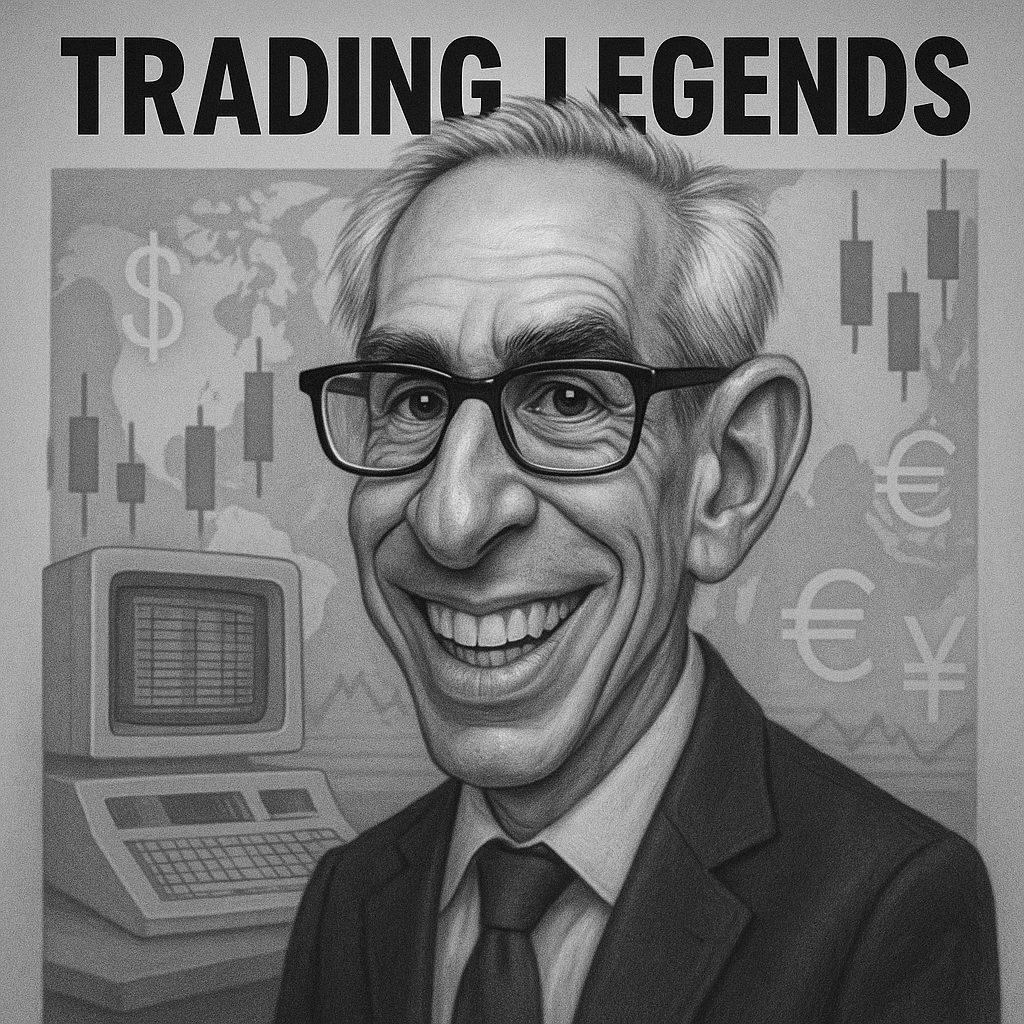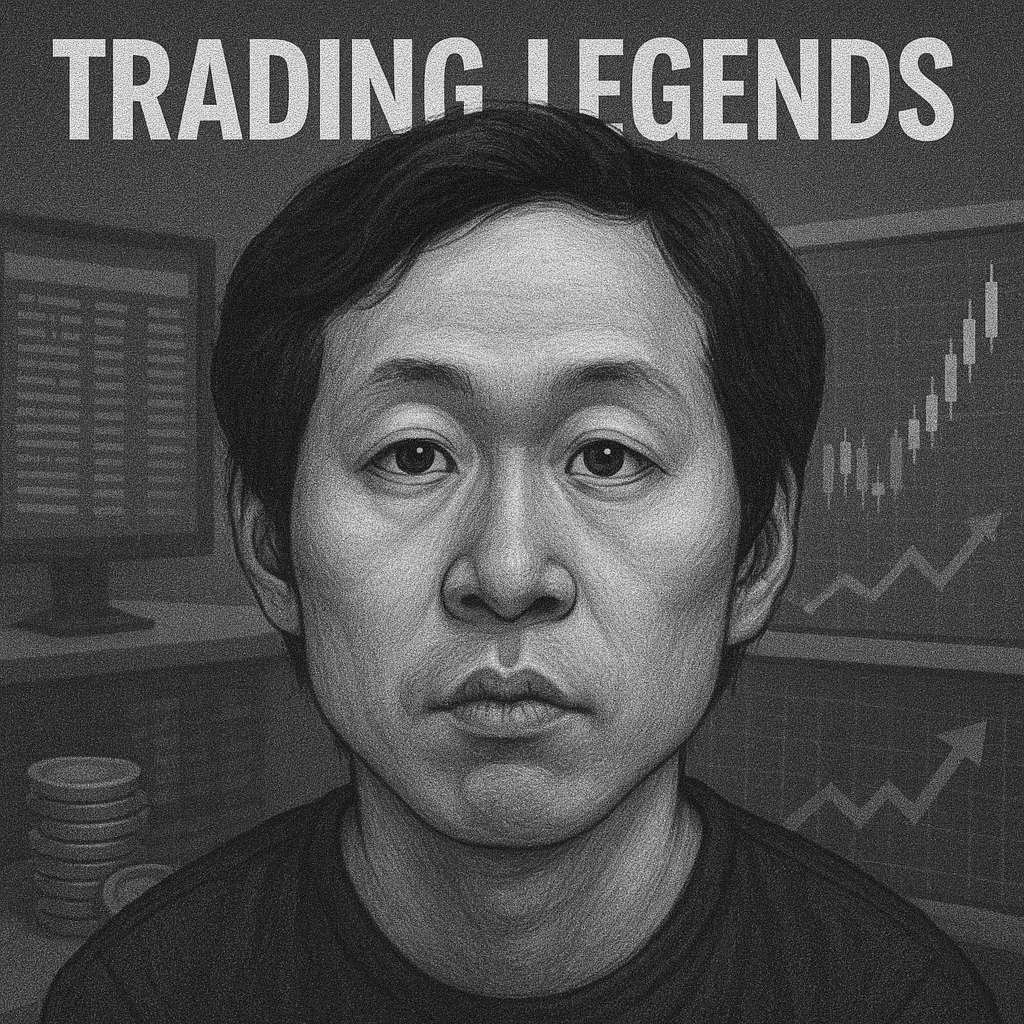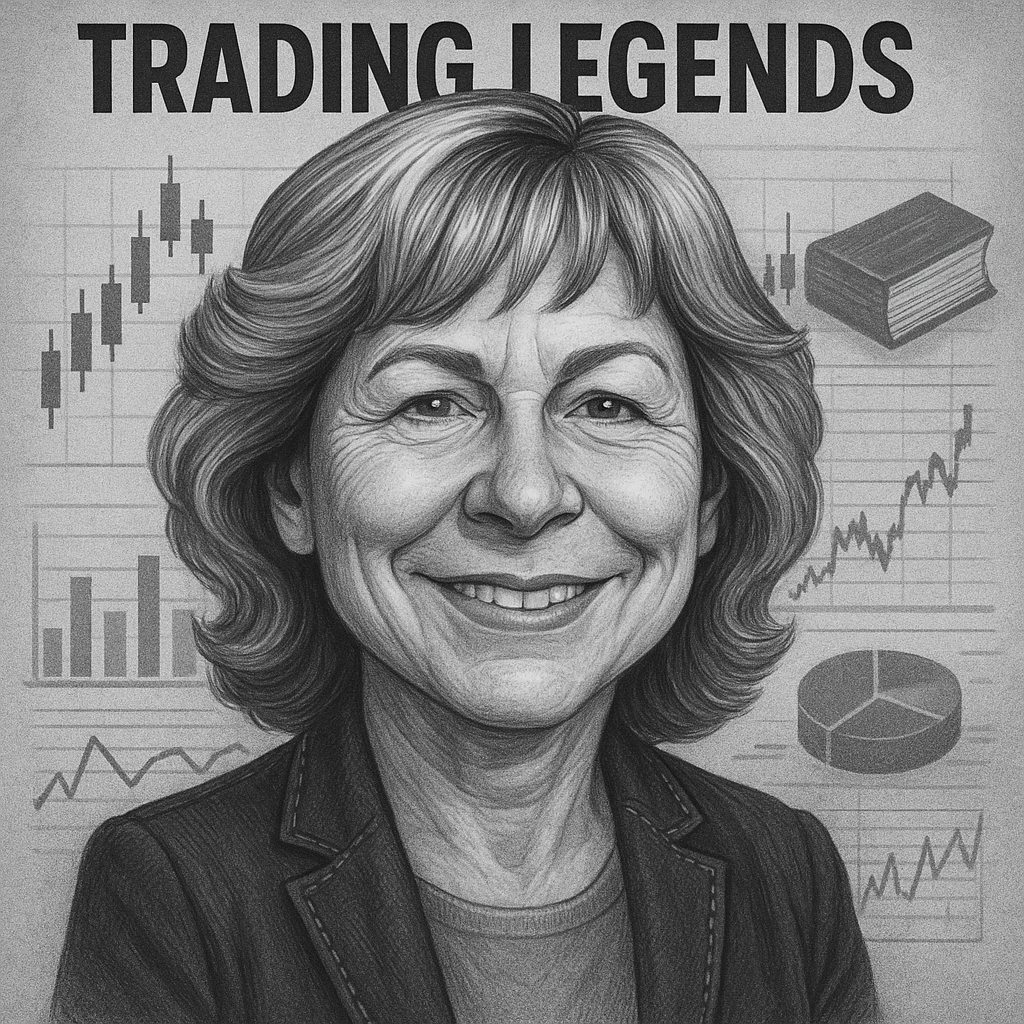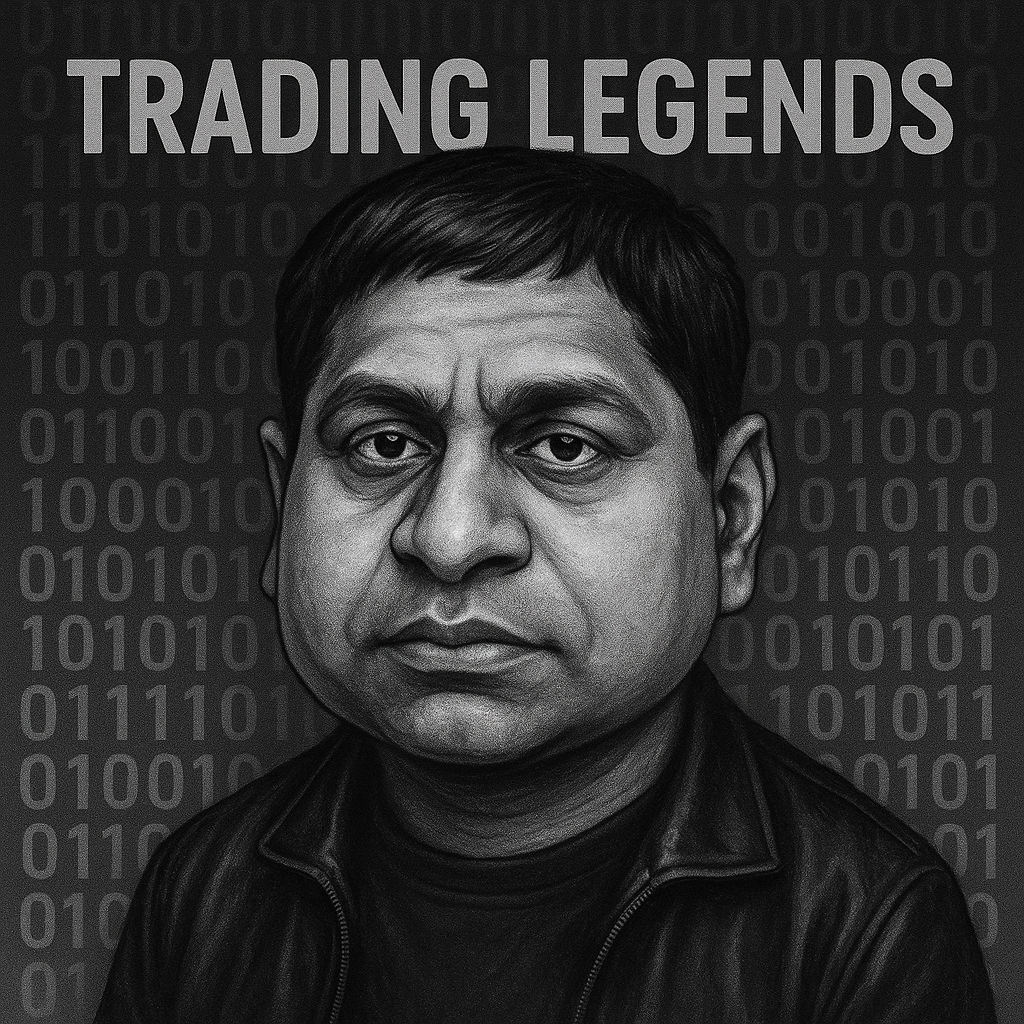On a frigid 1981 morning in a San Francisco BART restroom, a homeless Chris Gardner cradled his sleeping toddler and clutched a briefcase—papers, a résumé, and a dream—before heading back out to knock on more brokerage doors. That grit would propel him from rejection and poverty to founding his own firm and inspiring the memoir and film The Pursuit of Happyness, a testament to resilience, discipline, and self-belief.
On a chilly morning in San Francisco in 1981, Chris Gardner slipped into a crowded BART station bathroom with his toddler son. The door locked behind them. As his boy drifted to sleep in his lap, Gardner leaned against the wall, clutching his only briefcase—a few papers, a resume, and a dream. Just hours earlier, he had been knocking on the doors of brokerage houses, seeking a way into a world that seemed designed to keep him out. For many, that night might have marked defeat. For Gardner, it became the turning point. That relentless pursuit of opportunity—despite homelessness, poverty, and rejection—would later fuel his rise from the streets to the stock market, and eventually inspire the Hollywood film The Pursuit of Happyness.
Background and Early Life
Christopher Paul Gardner was born on February 9, 1954, in Milwaukee, Wisconsin. His childhood was defined by instability: an absent father, a mother frequently in trouble with the law, and a stepfather whose violence loomed large in the household. Yet Gardner credits his mother, Bettye Jean, as his earliest influence. “She told me every day: Son, you can do or be anything you want in life,” Gardner has recalled.
After a stint in the Navy, where he worked as a medical corpsman, Gardner moved to San Francisco in the late 1970s. Initially, his path seemed far removed from Wall Street. He sold medical equipment and considered a career in healthcare. But a chance encounter changed everything. Gardner once spotted a man stepping out of a red Ferrari and asked what he did for a living. The man was a stockbroker. That conversation sparked Gardner’s obsession with finance—a field he knew little about, but one he believed could rewrite his destiny.
Key Career Moments
Breaking into Wall Street. Gardner’s entry into finance came at a time when the industry was dominated by Ivy League pedigrees and insider connections. Lacking both, he relied on hustle. After months of rejection, he secured an unpaid internship at Dean Witter Reynolds in 1981. By day, he cold-called prospective clients, competing against colleagues with more resources and time. By night, he scrambled for shelter with his young son, often sleeping in motels, shelters, or, infamously, public restrooms.
He later recalled the period as one of brutal focus: “If I didn’t close a client, my son didn’t eat. That clarity makes you dangerous.” Against the odds, Gardner became one of the top trainees in his cohort, proving that persistence could outweigh pedigree.
Launching Gardner Rich & Co. After several successful years at firms including Bear Stearns, Gardner took his boldest step in 1987: he founded his own brokerage, Gardner Rich & Co., in Chicago. With just $10,000 in seed capital and his name on the door, the firm specialized in debt and equity products for large institutions.
The timing was perilous—the October 1987 market crash, known as “Black Monday,” wiped out trillions in global value. Many small brokerages folded. Gardner’s firm survived, largely because he had built a lean operation and fostered deep trust with a handful of clients. “The market was on fire,” he later said, “but fire can forge steel or burn it down. We chose to get stronger.”
By the 1990s, Gardner Rich was handling multimillion-dollar trades and earning a reputation for integrity in a business often criticized for excess. His leadership style, colleagues noted, was both relentless and compassionate. “Chris knew how to grind, but he never forgot where he came from,” said one former partner. “He treated the janitor with the same respect as the portfolio manager.”
From Broker to Public Figure. Gardner’s story might have remained industry legend if not for the publication of his 2006 memoir The Pursuit of Happyness. The book caught Hollywood’s eye, and soon actor Will Smith was portraying Gardner on the big screen. Released the same year, the film became a box-office hit and earned Smith an Academy Award nomination.
Gardner made a cameo at the end, walking past Smith’s character in a symbolic passing of the torch. Suddenly, the man once invisible on Wall Street was a household name. But Gardner resisted the lure of celebrity for its own sake. Instead, he leveraged his platform to speak on homelessness, financial literacy, and resilience. He sold his stake in Gardner Rich in 2006 and shifted focus to philanthropy, including initiatives supporting education and housing for disadvantaged families.
Trading Philosophy
Gardner’s approach to markets was less about elaborate strategies and more about discipline and persistence. He believed in long-term relationships over short-term wins, a principle rooted in his own struggles. “People invest in people before they invest in products,” he often told young brokers.
Risk management, for Gardner, meant preparation and trust. He favored diversification in client portfolios and kept his firm lean to withstand shocks like the 1987 crash. But above all, he emphasized the human element. “This business is about trust,” Gardner said. “If you keep your word when the market is against you, clients will be with you when it rebounds.”
Unlike many brokers of his era, Gardner avoided the flash. He drove modest cars, lived relatively simply, and reinvested heavily in his firm. To him, the real wealth lay not in conspicuous consumption but in independence—the freedom to provide for his family and to help others climb the ladder behind him.
Conclusion
Chris Gardner’s journey from a homeless single father to founder of a successful brokerage firm is one of the most remarkable stories in modern finance. His life underscores the idea that Wall Street is not only shaped by algorithms and market cycles but also by grit, resilience, and belief.
For traders and professionals today, Gardner’s story offers a timeless lesson: opportunity often disguises itself as struggle. In a world where markets swing wildly and careers can hinge on a single decision, Gardner’s persistence remains a model. Or, as he put it: “The cavalry ain’t coming. You have to be your own cavalry.”





